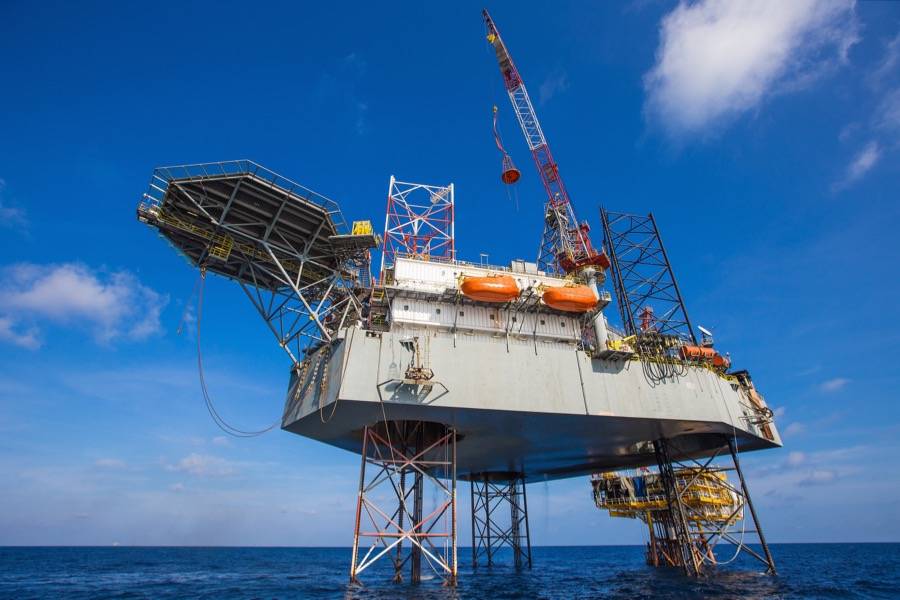Introduction: Most of what we read online about the oil industry is written by journalists. They mainly get their information from ‘official’ sources, such as press releases and quarterly statistics. We know that sometimes an analyst will ‘talk their book’ or seem out of touch in relation to what we see in our everyday work. At other times a company representative will be in damage control mode, or overly optimistic.
Whenever possible we will to chat to workers on the ground, those in the middle of the action, but who are not paid to promote, massage or spin news for the official line.
Today, we’re highlighting some feedback from James Cant, who is a Senior Consultant at Worldwide Recruitment Solutions (WRS). Disclosure: WRS are recruiting partners of ours. James speaks to oil companies and job seekers on a daily basis so is in a great place to get a real read on the industry.
Over to James…
Most of the world’s easy oil has now been extracted. Oil which is onshore or close to the surface is all but gone, and that which is left is largely offshore or deep underground. This means that what’s left to drill often requires unconventional methods, or even those which have yet to be discovered.
The depressed oil price over the past 2 years has been a catalyst for development and innovation in exploration; when prices were coming in at over $100 a barrel, why would energy companies waste time and money on developing new techniques?
They were just pumping as much oil and they could, as fast as they could get it. Now that the oil price is much lower, efficiency is so much more important, as margins have been stripped so oil companies need to lower production costs in order to stay effective. Production costs since 2014 have fallen by 29% (McKinsey Energy Insights, March 2017)
It’s all about getting the most oil for the least money.
The 5 main ways that Oil & Gas companies are lowering costs
1: They are using analytics to make a call on whether, and when, to drill. Oil companies are eliminating, or postponing, fields which aren’t bringing them the best returns – because at a lower oil price, if it’s not making a breakeven on $40/barrel – or even less – then it’s just not worth getting out of the ground.
2: They are looking for techniques and new technologies to allow them to get more crude out of wells – both new and existing ones, and older wells. All oil companies are focusing increasingly on R&D, which means a lot of work for process and production engineers.
Here are just 2 ways they can do this:
- Existing fields can operate for longer by injecting water or gases into the wells, to increase the pressure and encourage flow. Companies are looking into fracking wells again using updated techniques to push more out of each well.
- New software is determining exact amounts of sand, chemicals and water to use to maximise production from a single well – without just wasting costs pumping as much as possible in, they are now able to determine the exact amount for maximum efficiency.
3: They are automating. Measurement data which can be aggregated, constantly growing, and analysed, helps us to understand production processes and ultimately to maximise them. It’s perfectly conceivable that one day one fields may be almost completely automated, and oil and gas workers will be few and far between.
4: They are favouring shale (even more!) Shale is cheap – and returns come quickly. The biggest oil and gas companies have really suffered from their dependence on huge, traditional projects.
Shell had to write off several billion dollars after the oil price drop led to the company abandoning its Arctic activity – but they are now breaking even at $20 per barrel.
Exxon are spending a third of their budget for drilling on Shale (OilPrice.com, Mar 27 2017). Independents have been drilling for shale gas for years, but now Big Oil is in play, and in a much better place to throw money at it, they are able to do shale on a bigger scale.
5: They are demanding lower prices from service providers; supply chain margins are falling. And contractors and even permanent staff are no exception to this, with day rates dropping in the past two years – it’s no longer a candidate-led market except in the most technical roles.
What do you think?
Do you agree with James that these five factors sum up the current drive for cost savings and the economic reality? Is there a factor missing from the list? Perhaps you think that oil companies are always following these principles, they just need to do it better when prices are low?
We appreciate your input, either in the comments section, or on any of our social media pages. If you want to write a post like this, then take a look at our pages that cover our contributor guidelines and other information.





I like the idea of drilling on shale. This can help the economy with gas prices and provide more jobs for people. I imagine that drilling can be hard so this is a great way for people to get into a new profession and join the work force.
Solid insights, James! Efficiency and innovation are key in today’s market. Automation and shale stand out, but could sustainability be the next frontier? Thoughts?